
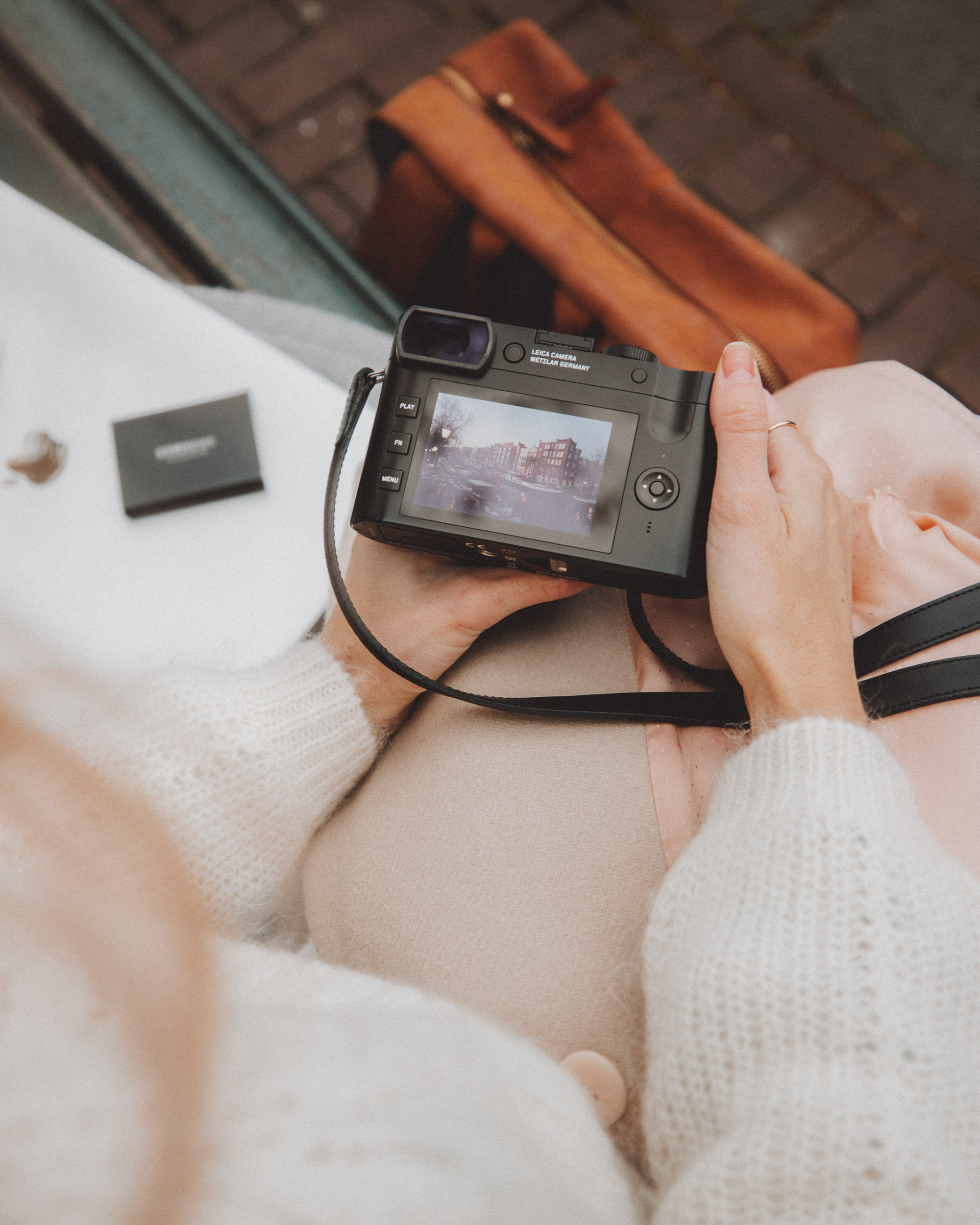 When traveling I’m always trying to find ways to simplify the set up I’m using and make my camera bags lighter. While I own and use a variety of camera gear for different scenarios — this post breaks down even more travel photography gear — lately I’ve been downsizing and taking less camera gear with me. The main reason I’ve acquired so much is because both my husband Jacob and I love to test new equipment. Through lots of trial and error I’ve narrowed in on what works best for me. This blog post includes an up-to-date list of the camera gear I currently use the most on my travels.
When traveling I’m always trying to find ways to simplify the set up I’m using and make my camera bags lighter. While I own and use a variety of camera gear for different scenarios — this post breaks down even more travel photography gear — lately I’ve been downsizing and taking less camera gear with me. The main reason I’ve acquired so much is because both my husband Jacob and I love to test new equipment. Through lots of trial and error I’ve narrowed in on what works best for me. This blog post includes an up-to-date list of the camera gear I currently use the most on my travels.
Leica Q2
This camera is small, lightweight, and discreet. The previous version, Leica Q, is the only camera I took with me on my trip to Vietnam and my visit to Sweden and Norway. Over the past couple of years it’s been my go-to camera as it’s so easy to carry around and fit in a bag, so I recently upgraded to the Leica Q2. The new version has a larger image resolution for photo and video and a longer battery life.
What I love about it: Leica is known for impressive photo quality. Leica photos tend to have a more ‘film-like’ quality than most cameras, which I love. I’ve found the color to be beautiful right out of the camera, which also means less editing time and color correction. The size is also unmatched. I can actually keep my Leica Q2 in my purse when I travel, which means I rarely walk out the door without it. It also performs better than my Canon in low light situations, which makes shooting after sunset easy (see photos from this Christmas Market trip). Overall, it feels more like a hobby camera but takes such beautiful photos that I’m able to use it for most situations.
What I’d change: The high price point. The Leica Q2 is a fixed lens camera, meaning I can’t swap out the lens. I also noticed that when I take a lot of photos back to back, it struggles with loading images for me to review. This can be frustrating when I need it in a situation where I’m shooting lots of photos at once, for instance if the subject is moving.
Shop Leica Q2 (New) | Shop Leica Q (Discounted)
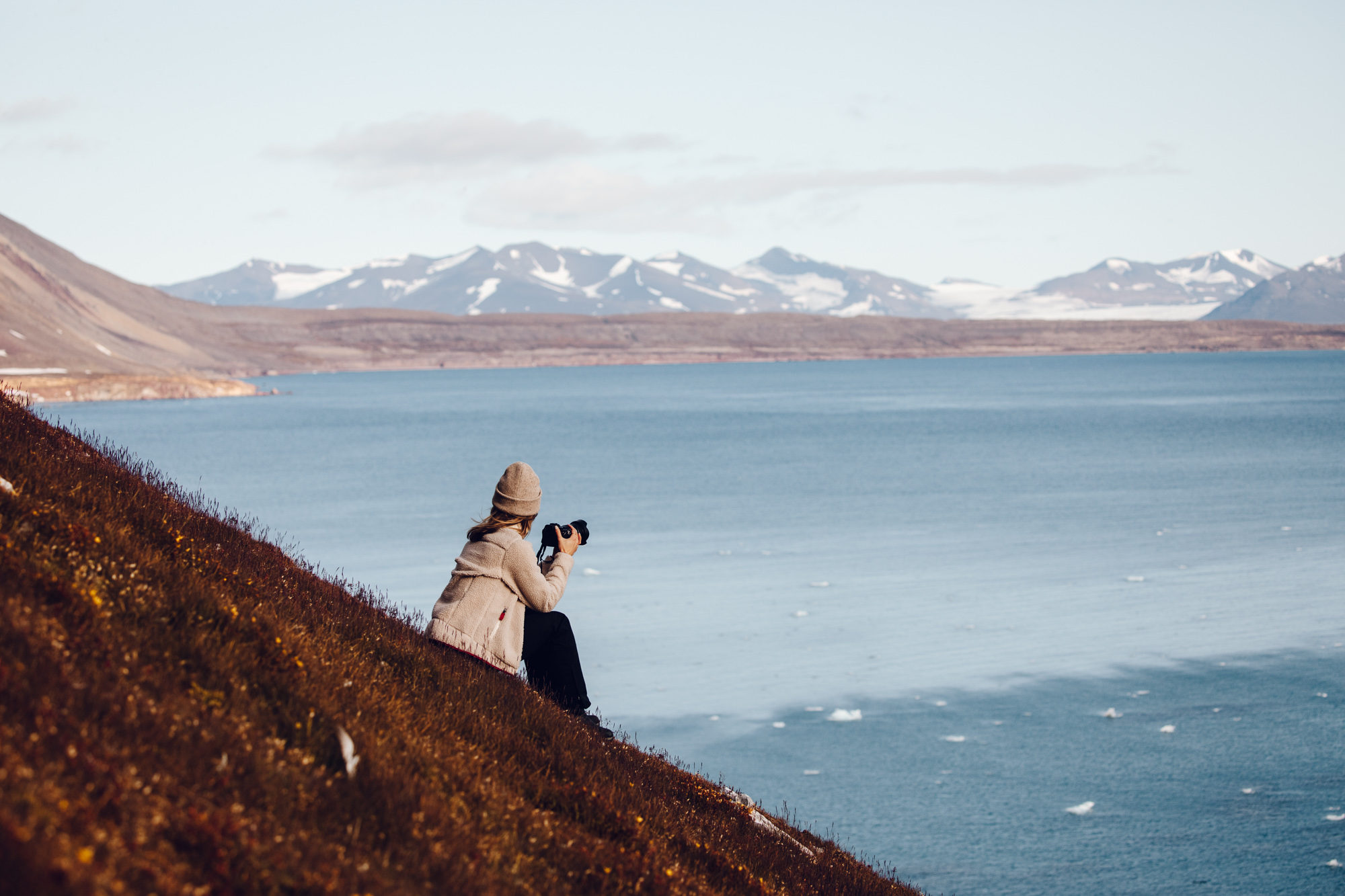
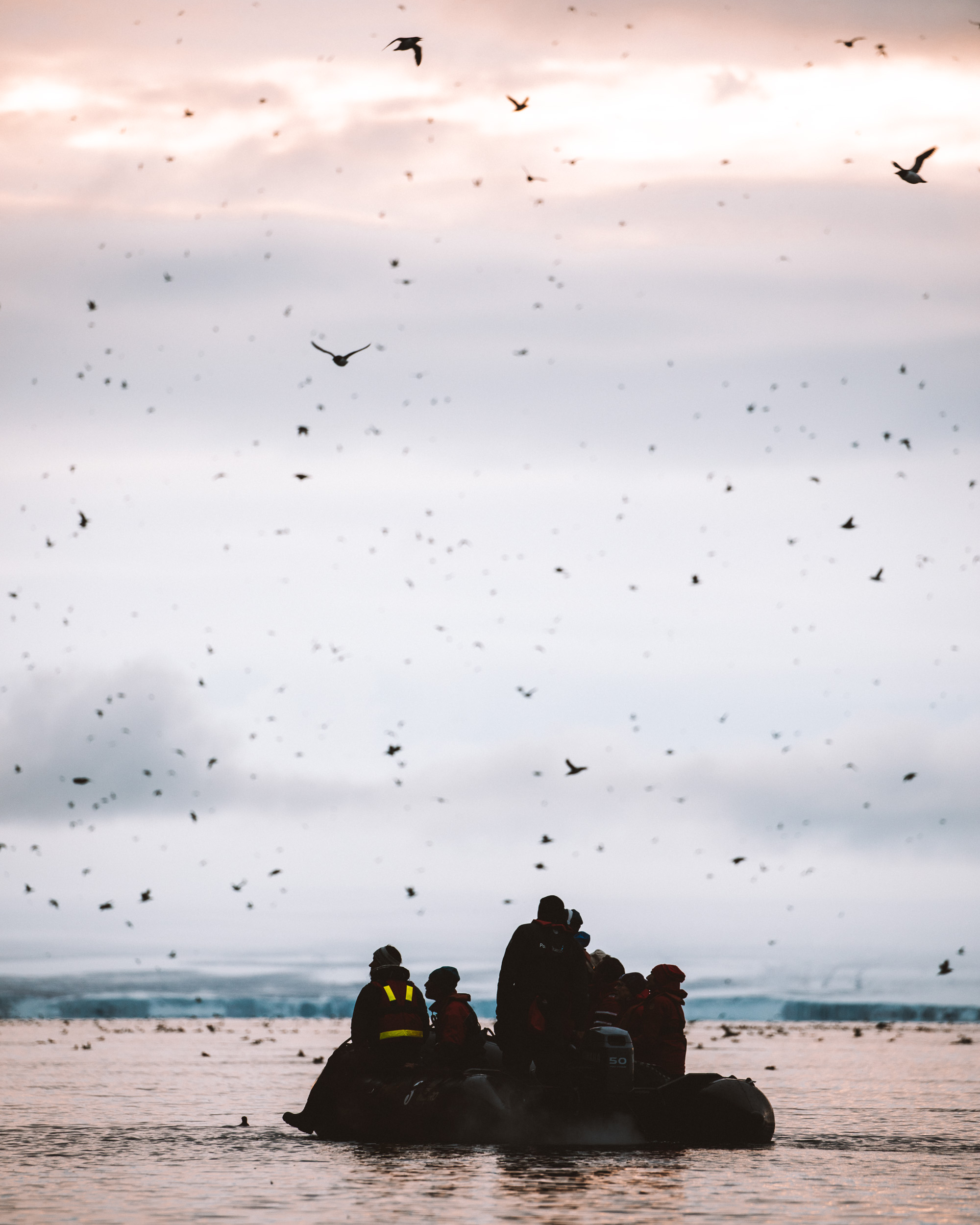
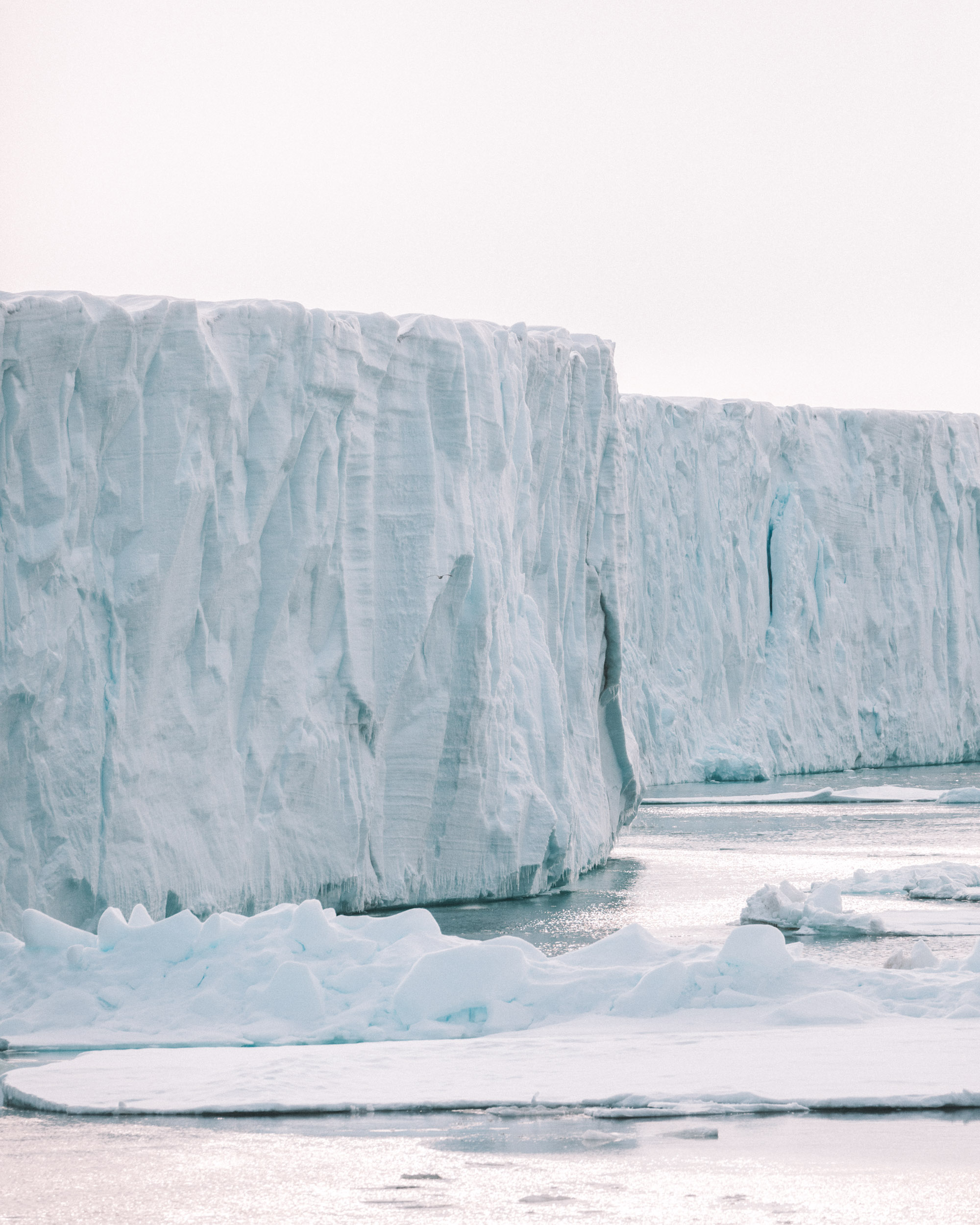
Canon 5D Mark IV + 24-70mm Canon Lens
I invested in the Canon 5D Mark IV after spending the last couple years shooting with the Sony A7RIII. The main reason I wanted switch back to Canon is simply that I prefer the color and tones that come from Canon photos. My Canon camera with a 24-70mm lens is my go-to set up. I’d say 90% of the time this is the lens I have on because it’s so versatile. It’s a great all around lens, and works well shooting a variety of situations, from landscapes to portraits to wide angle shots of cities.
I also own a 16-35mm lens that I use when I want my shots a bit wider. I’ve found I really prefer the look of Canon for soft, blurry backgrounds and rich colors. For a point of reference, the majority of photos in my Lofoten, Norway travel guide are taken with my Canon.
What I love about it: for the most versatile of situations, it’s hard to beat. I love how fast it is and I find the color and the way it treats light to be unmatched. Canon has a reputation for being the best for a reason!
What I’d change: This camera is bulky and heavy, even more so than our Sony. It also doesn’t have an electronic viewfinder, meaning I can’t review images as easily as with my Leica and Sony cameras. This becomes a problem mainly if we’re taking photos in bright sunlight, since it’s harder to view them on a digital display.
Shop Canon 5D Mark IV Camera | Shop 24-70mm Canon Lens
DJI Mavic 2 Pro Drone
We’ve used the Mavic series for over three years now and we’re hooked. The newest version has all the perks of the first version (it’s compact, easy to travel with, and has a decent flight time), with an improved camera. Overall, the DJI Mavic 2 Pro shoots photos in a higher resolution with better color and an improved lens. We use it both for our own photos and professional shoots. Some of my favorite drone footage we ever took was during our trip to Svalbard — the video at the bottom of the post is shot completely with our DJI Mavic 2 Pro drone.
What I love about it: how compact it is. We keep it in our backpack while traveling and it’s lighter and smaller than our Canon camera! It’s crazy to be able to capture such a unique perspective with such a small device. We discover landscapes and destinations in a completely new way when we take it with us.
What I’d change: the RAW photo files could be improved. When coloring photos, it has limits to how much you can manipulate them. This is really only noticeable if you’re going the extra length and using these photos professionally.
Shop Mavic 2 Pro Drone | Shop Mavic Pro Drone (Discounted)
iPhone 11 Pro
Smartphones have only gotten better and better, and I find myself using my iPhone 11 Pro to take photos more than I ever expected. If you’re not sure what camera to invest in or are finding that you’re overwhelmed with camera options, investing in the new iPhone is a great way to go. I frequently edit on my iPhone now, using the free Lightroom app and our presets to edit on-the-go. If you use the camera frequently on your iPhone, opting for the Pro version will give you a telephoto lens, which I find myself using frequently to capture city views.
What I love about it: convenience-wise, it can’t be beat. It’s a series of cameras that can literally fit in your pocket. The lens built into the camera is pretty versatile, and I’ve been using the wide angle more frequently than I expected. Paired with an editing app like Lightroom, it’s the most cost-effective and convenient solution on the market.
What I’d change: image size. While the photos from my iPhone work great when posting on Instagram, I notice I can’t really get away with sharing them on here. The portrait mode could also be improved.
Shop iPhone 11 Pro
Samsung SSD Hard Drives
I recently wrote about our Samsung SSD hard drives in my post about how we organize travel photos. If you’re taking lots of photos or want to free up space on your computer, I can’t recommend them enough. I really do use them daily to store my RAW photos both at home and while traveling. They’re essential if you’re taking photos constantly with a nice camera and even more so if you’re editing using Lightroom.
What I love about them: they’re compact, lightweight, and discreet. We’ve used them for years and have yet to have an issue with them.
What I’d change: I honestly can’t think of anything! They keep improving the storage capacity and the physical drives stay the same size, so I only wish I had bought more of the 2TB version to begin with since I use them so much now.
Shop Samsung SSD Hard Drives
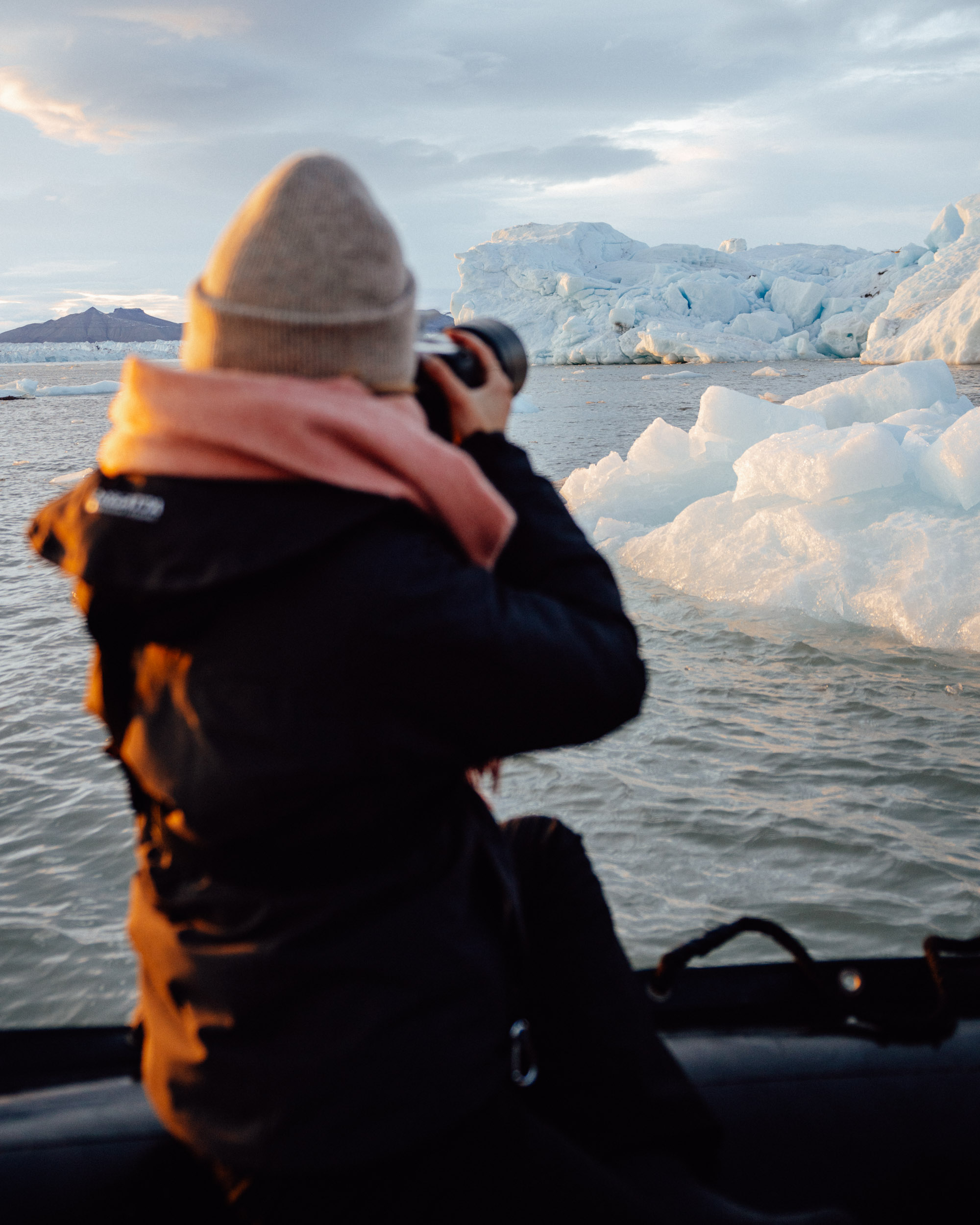
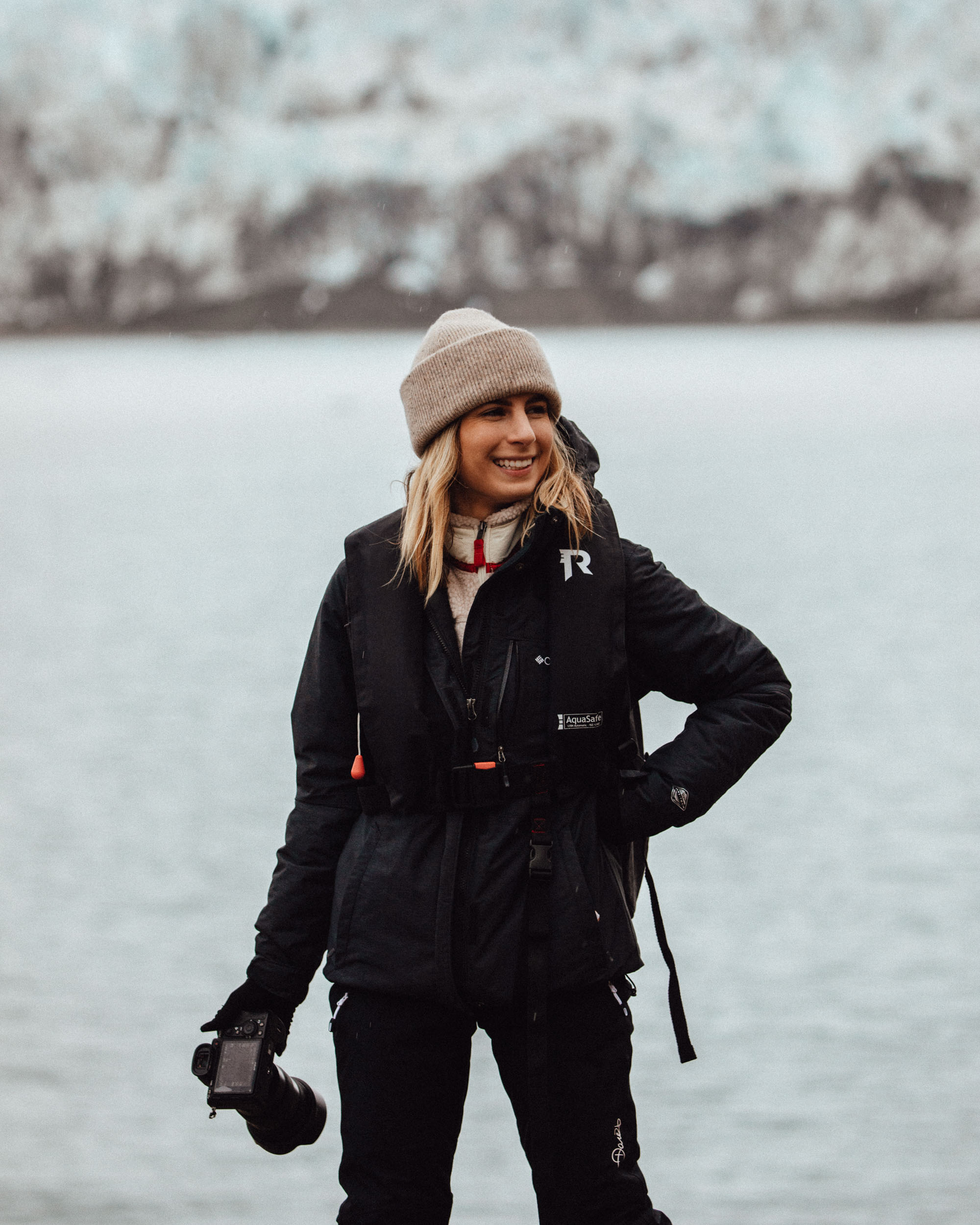
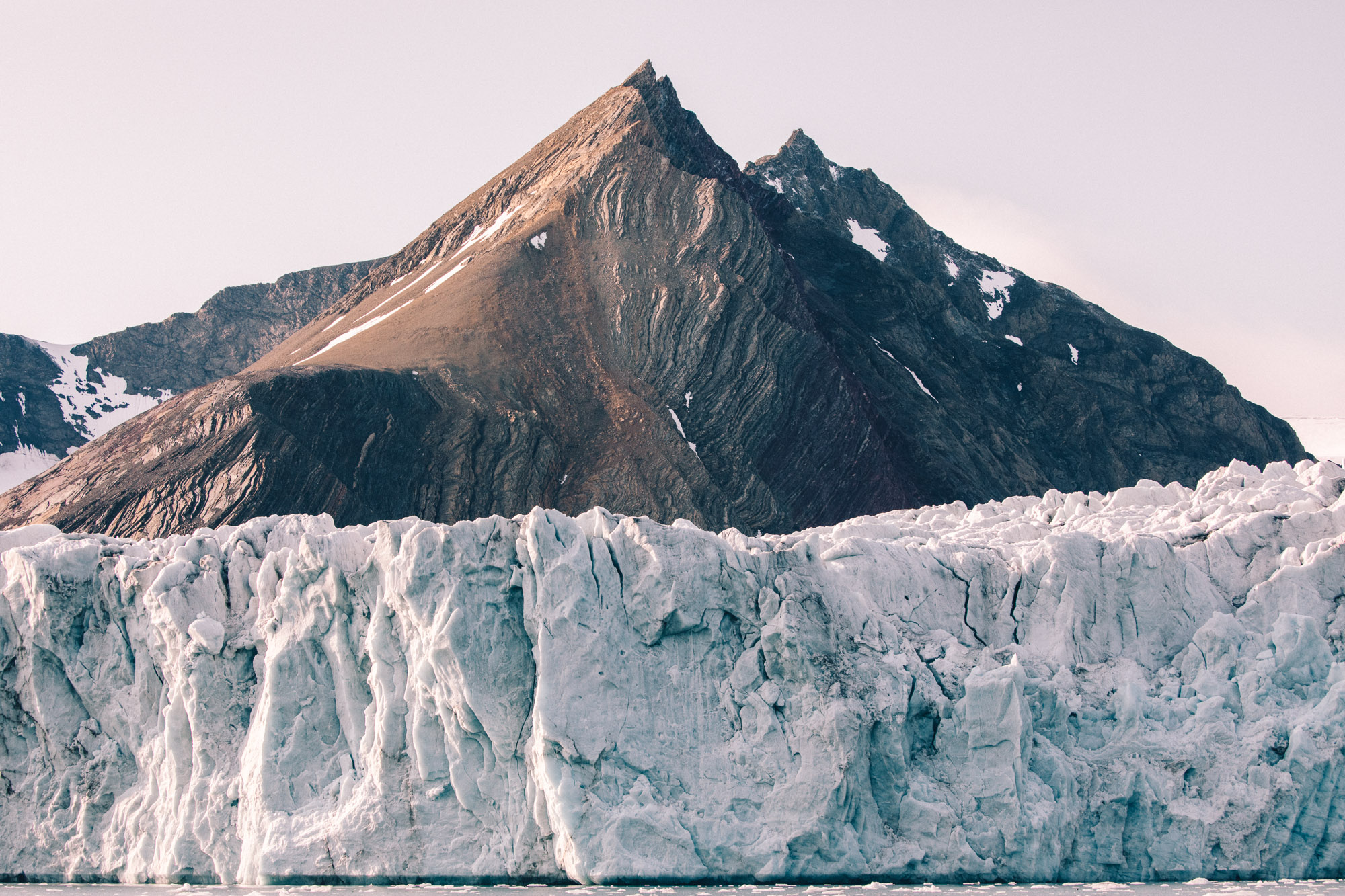
When you purchase any of the products linked above I receive an affiliate commission, which makes a huge difference to us (and helps fund all our future photography and travel posts)! You can read more here, but the best part is: it doesn’t cost you anything! We use Amazon for the majority of our gear purchases, both for convenience and their flexible return policy — which is why I recommend them.
If you’re not using Adobe Lightroom yet, you can sign up for their Photography plan (what we use for photo editing) here. Or, use our affiliate link for 15% off the entire Adobe suite of products here! I cannot recommend Adobe Lightroom enough for editing photos, it’s how we’ve created and maintained our individual editing style.
Photos in this post: Svalbard, Norway and Amsterdam, Netherlands
Presets used in this post: Greek Islands Collection, Winter Collection.
—
On a budget? Check out our guide to choosing the best camera and lens. You may also want to read about how we shoot and edit photos.



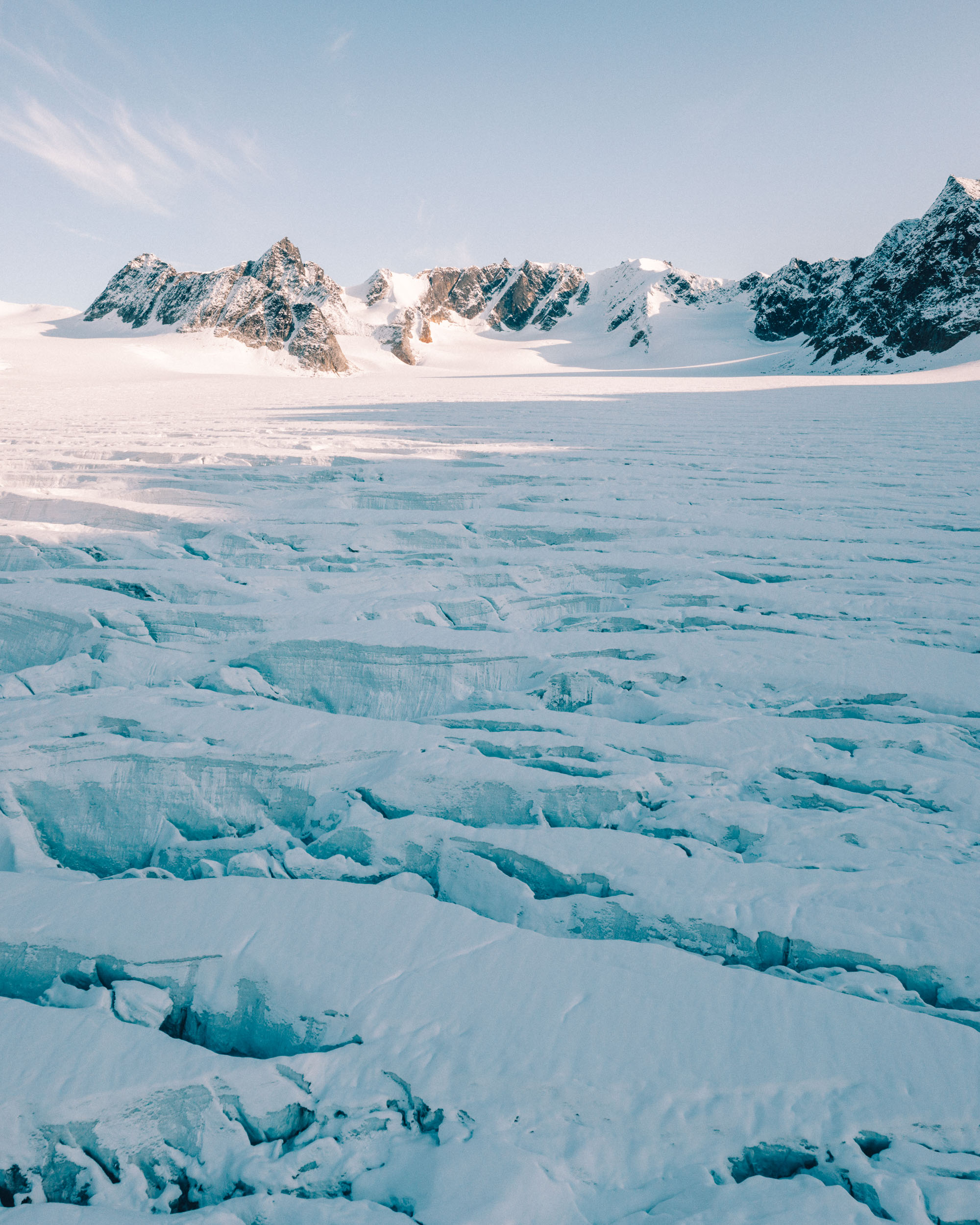
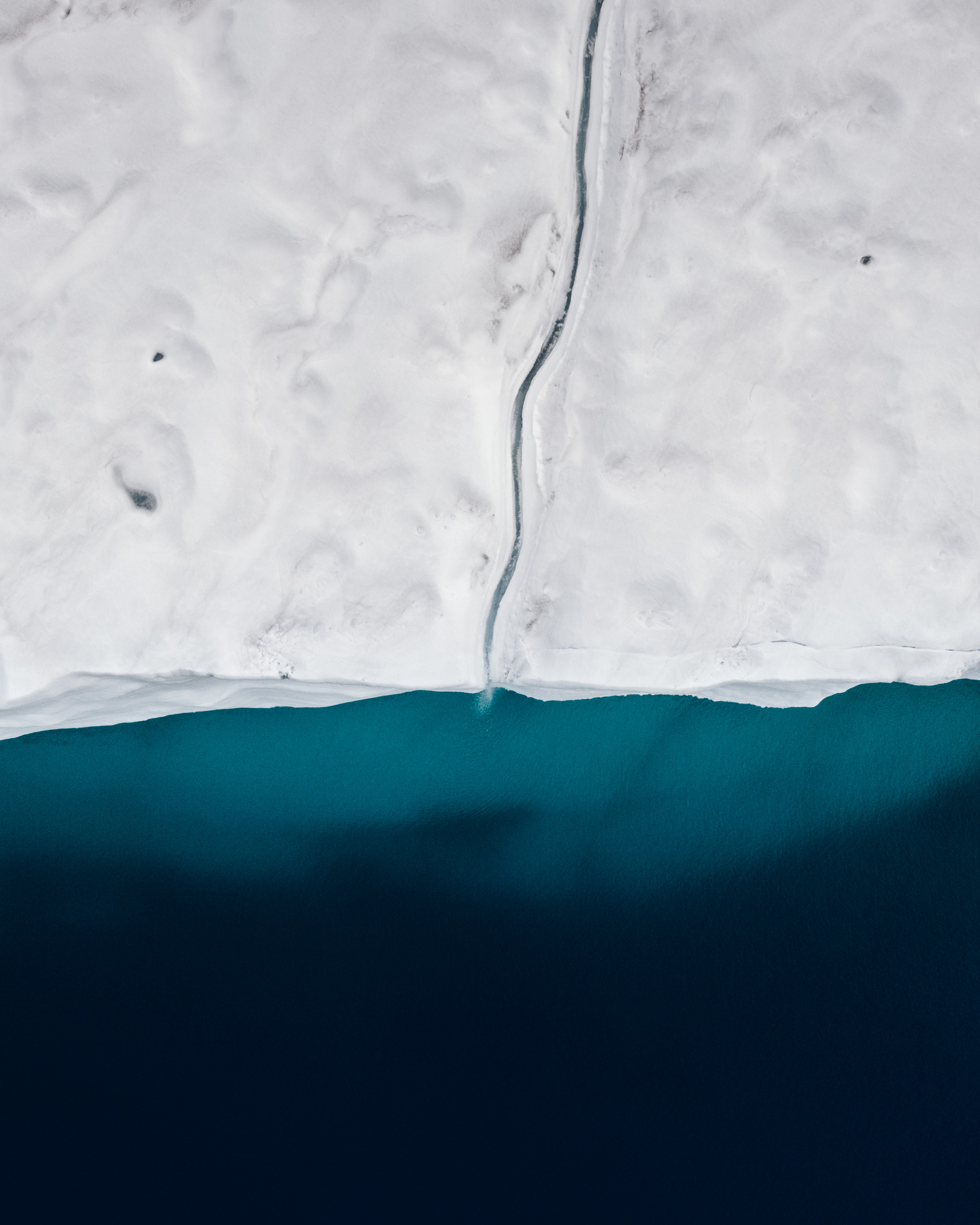
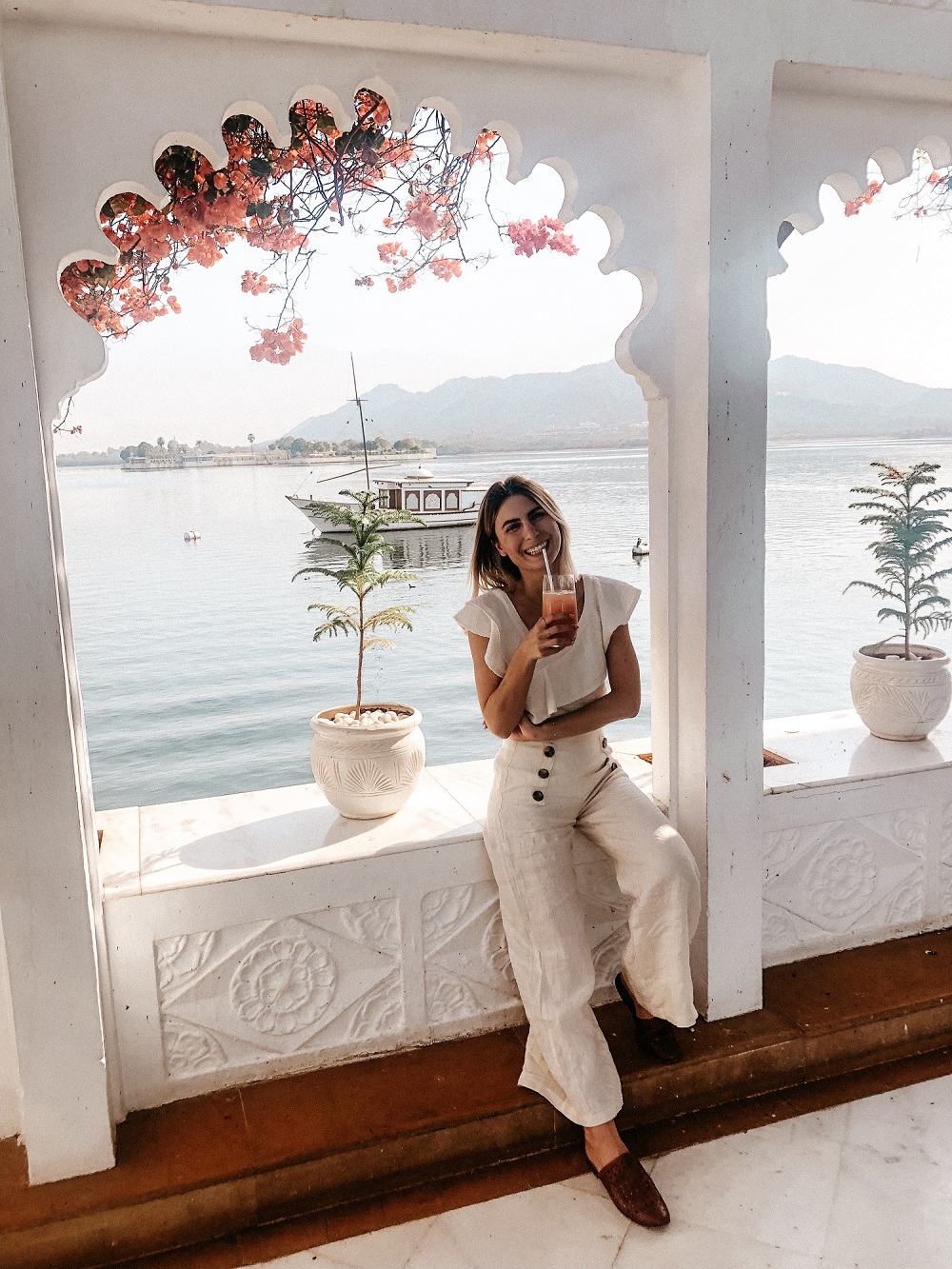

Daniela Says
I get so happy reading this blog! 🤩
Selena Says
Post authorThanks Daniela! x